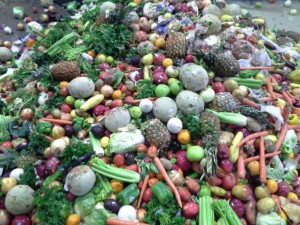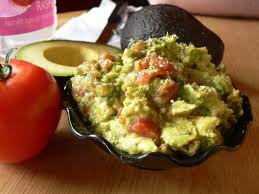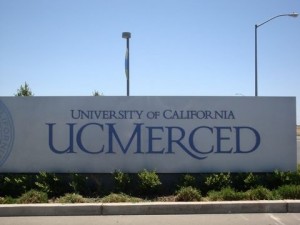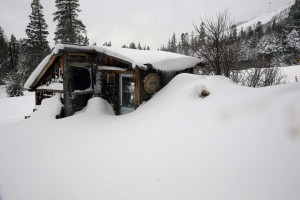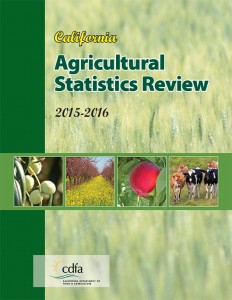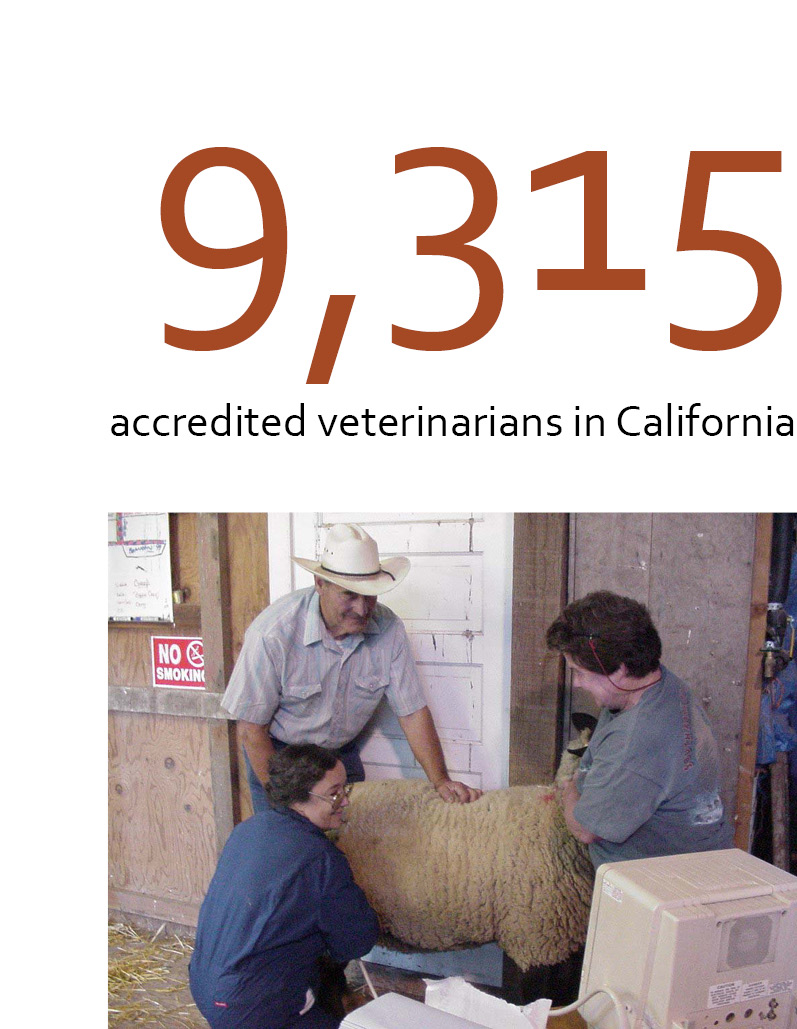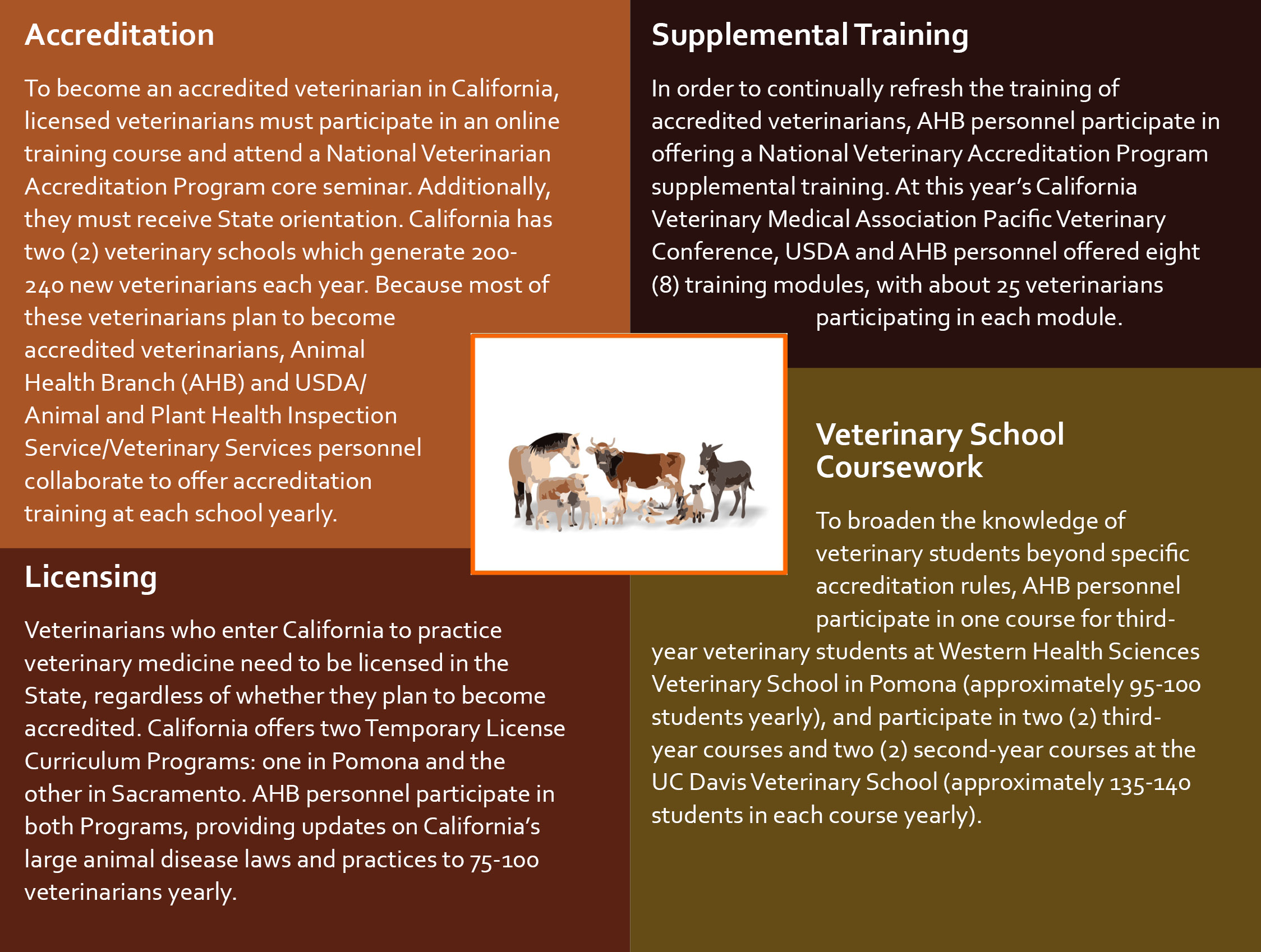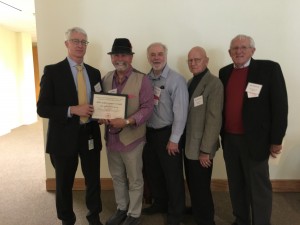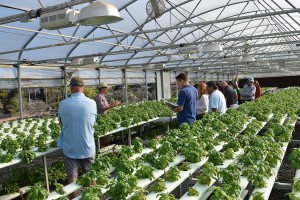This month the Planting Seeds blog is featuring stories on food security, nutrition, and efforts to reduce food waste. CDFA’s Office of Farm to Forkis committed to helping all Californians access healthy and nutritious California-grown food by connecting consumers, school districts, and others directly with California’s farmers and ranchers. This story is about CalRecycle’s program to enlist Californians in limiting food waste.
Californians throw away nearly 6 million tons of food scraps or food waste each year. This represents about 18 percent of all the material that goes to landfills. In order for California to reach its goal of 75%source reduction, recycling and composting, food waste must be addressed.
California’s Mandatory Commercial Organics Recyclinglaw requires businesses to recycle their organic waste. The links below provide more information on food waste management as well as examples of how various business groups and public entities are managing food waste.
Everyone has a role in saving resources and wasting less food. Creative food rescue projects like the UglyFruitAndVeg Campaignwork to save healthy fruits and vegetables from becoming waste. Rather than throwing away excess food, find ways to manage it more thoughtfully, such as working with groups to ensure that it goes to disadvantaged people, and composting for soil restoration. To further educate the public about food waste, the Natural Resources Defense Counciland the Ad Councilhave initiated a food waste reduction campaign known as Savethefood.com. Their web site offers a complete media kitwith posters, videos, social media postings, and more.
CalRecycle conducted two workshops in support of a proposed Food Waste Prevention and Rescue grant program; follow the progress of that program.
CalRecycle has been working to reduce food waste since at least 2002, when its predecessor agency conducted a Food Diversion Summit.
-
Hotels/Restaurants
Information for restaurants on managing food scraps.
-
Households
Information for households on managing food scraps.
-
Schools
Information for colleges/universities and K-12 on managing food scraps.
-
US EPA’s Food Recovery Hierarchy
-
Stadiums/Special Events
Information for stadiums, fairs, festivals, and catered events on managing food scraps.
-
Health Care Industry
Information for the health care industry on managing food scraps.
-
Grocery Stores
Information for grocery stores on donating edible food to disadvantaged communities.



